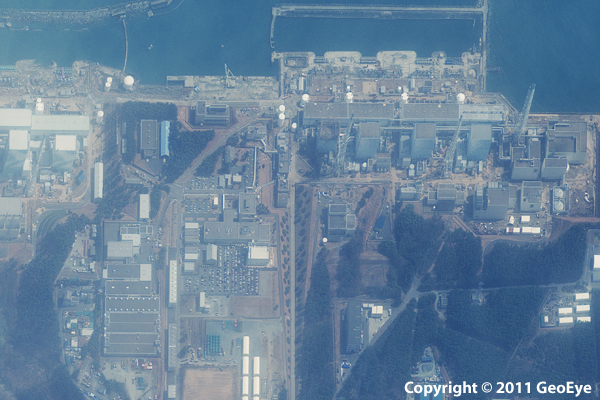Fukushima Radiation: Still a Threat?

It's been almost a year since the disaster at Japan's Fukushima Dai-ichi nuclear facility. And still the question remains: Is it safe?
Many residents of the surrounding region have moved back to their homes and farms, but the Japanese government has still kept a large part of the city of Fukushima closed -- the so-called "no-go" zone that extends 12 miles around the facility.
While none of the nuclear plant workers died of radiation exposure last March, many got doses beyond safe levels as they fought to keep the plant from melting down in the days after the killer earthquake and tsunami knocked out power to the reactors.
Experts in the U.S. say the amount of radiation that spewed from the crippled reactors was about 10 percent of what was released at the Chernobyl disaster in 1986. Still, they caution that the long-term health effects on both residents and workers are still mostly uncertain.
PHOTOS: Fukushima Before and After
"People are scared to death," Wolfgang Weiss, chairman of the U.N. Scientific Committee on the Effects of Atomic Radiation, which is studying Fukushima, told the Associated Press this week. "They are thinking, 'Tell me. Is it good or bad?' We can't tell them. ... Life is risky."
In Fukushima and nearby areas, outside the 20-kilometer evacuation zone, the annual exposure is 20 millisieverts in some places and as high as 50 in others, according to the AP. Fifty millisieverts (or 5 REMs) is equivalent to the yearly occupational exposure limit for nuclear workers. "It's a low dose," said Lewis Pepper, an occupational health physician at the Queens College of New York.
Sign up for the Live Science daily newsletter now
Get the world’s most fascinating discoveries delivered straight to your inbox.
Below 100, experts can't say for sure whether it's safe, just that a link to cancer can't be proven. Pepper says the risk to plant workers is greater than those living nearby.
This article was provided by Discovery News.









